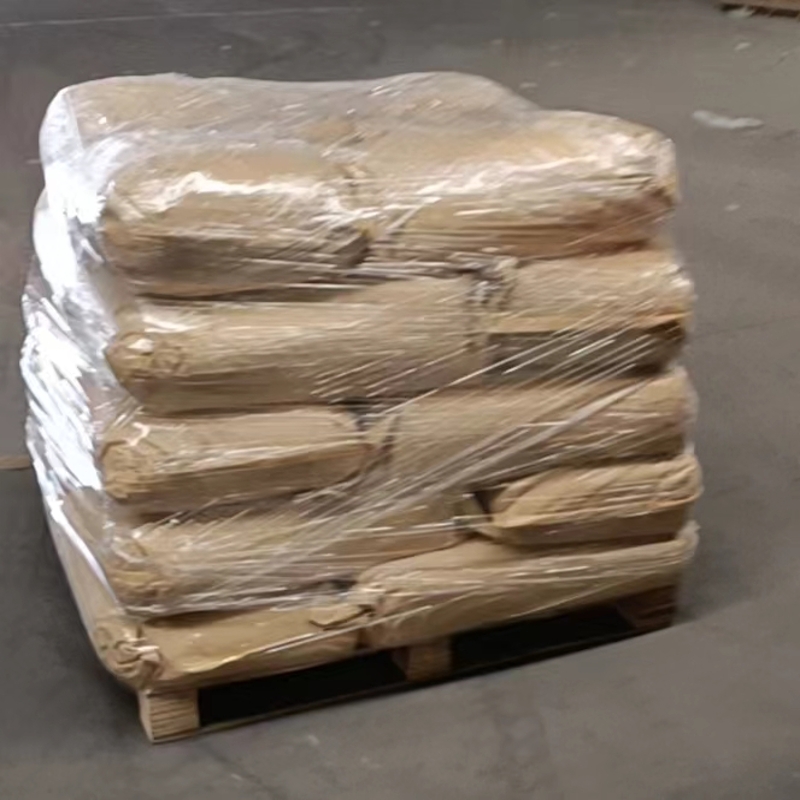-
Categories
-
Pharmaceutical Intermediates
-
Active Pharmaceutical Ingredients
-
Food Additives
- Industrial Coatings
- Agrochemicals
- Dyes and Pigments
- Surfactant
- Flavors and Fragrances
- Chemical Reagents
- Catalyst and Auxiliary
- Natural Products
- Inorganic Chemistry
-
Organic Chemistry
-
Biochemical Engineering
- Analytical Chemistry
-
Cosmetic Ingredient
- Water Treatment Chemical
-
Pharmaceutical Intermediates
Promotion
ECHEMI Mall
Wholesale
Weekly Price
Exhibition
News
-
Trade Service
On October 26, most of China's commodity prices fell, of which thermal coal fell 2.
87%.
The price war between coal companies is hot, but the coastal thermal coal market is depressed
.
The coal shipment volume of major ports has fallen sharply, the coastal coal freight rate has risen weakly, and the enthusiasm of downstream enterprises to purchase is still not high
.
As of October 19, the shipment volume of coal (including market coal and long-term coal) in Qinhuangdao Port in the previous week was 3.
121 million tons, a week-on-week decrease of 307,000 tons, or 8.
96%.
As of October 20, coal stocks at Qinhuangdao Port rose to 7.
4382 million tons, much higher than the same period in many years, making the market almost forget that the
autumn maintenance of the Daqin Line was underway.
As of October 21, the Qinhuangdao-Guangzhou coal freight rate released by the Shanghai Shipping Exchange was 18.
5 yuan / ton, up 0.
4 yuan / ton from Friday's low, but still lower than the same period in many years
.
The extremely poor demand of thermal power companies is the reason behind the
above phenomenon.
In September, the country's absolute thermal power generation was 314.
6 billion kWh, a decrease of 63.
2 billion kWh, down 16.
73% and 3.
6%
year-on-year.
In October, although hydropower generation will decline significantly, the weather will cool, urban and rural residents' electricity consumption will fall, and industrial electricity consumption will continue to fall, so thermal power generation and power plant coal consumption will still not improve
.
As of October 21, the total average daily coal consumption of major power groups in the coastal area was 471,000 tons, and the number of days of coal storage available was 29.
48 days
.
The average daily coal consumption of the above caliber fell below the 500,000-ton mark on the eve of the National Day, and the lowest during the National Day holiday was 432,000 tons, almost close to the daily consumption level of the Spring Festival holiday at the beginning of the year.
This situation is not conducive to coal companies sprinting to annual sales targets, which in turn has increased traders' fears about coal companies continuing to cut prices in the coming months
.
To sum up, whether it is the adjustment and upgrading of the energy structure or the transformation and reform of economic development, it will adversely affect China's coal demand in the next few years, and the problem of coal overcapacity is still prominent, and it is expected that the bear market of thermal coal futures will be difficult to end
.
As coal companies cut wages and layoffs, the government reduces taxes and fees, thermal coal production and transportation costs will continue to compress, and the cost bottom line of the thermal coal market will continue to move
downward in the future.
On October 26, most of China's commodity prices fell, of which thermal coal fell 2.
87%.
The price war between coal companies is hot, but the coastal thermal coal market is depressed
.
The coal shipment volume of major ports has fallen sharply, the coastal coal freight rate has risen weakly, and the enthusiasm of downstream enterprises to purchase is still not high
.
As of October 19, the shipment volume of coal (including market coal and long-term coal) in Qinhuangdao Port in the previous week was 3.
121 million tons, a week-on-week decrease of 307,000 tons, or 8.
96%.
As of October 20, coal stocks at Qinhuangdao Port rose to 7.
4382 million tons, much higher than the same period in many years, making the market almost forget that the
autumn maintenance of the Daqin Line was underway.
As of October 21, the Qinhuangdao-Guangzhou coal freight rate released by the Shanghai Shipping Exchange was 18.
5 yuan / ton, up 0.
4 yuan / ton from Friday's low, but still lower than the same period in many years
.
The extremely poor demand of thermal power companies is the reason behind the
above phenomenon.
In September, the country's absolute thermal power generation was 314.
6 billion kWh, a decrease of 63.
2 billion kWh, down 16.
73% and 3.
6%
year-on-year.
In October, although hydropower generation will decline significantly, the weather will cool, urban and rural residents' electricity consumption will fall, and industrial electricity consumption will continue to fall, so thermal power generation and power plant coal consumption will still not improve
.
As of October 21, the total average daily coal consumption of major power groups in the coastal area was 471,000 tons, and the number of days of coal storage available was 29.
48 days
.
The average daily coal consumption of the above caliber fell below the 500,000-ton mark on the eve of the National Day, and the lowest during the National Day holiday was 432,000 tons, almost close to the daily consumption level of the Spring Festival holiday at the beginning of the year.
This situation is not conducive to coal companies sprinting to annual sales targets, which in turn has increased traders' fears about coal companies continuing to cut prices in the coming months
.
To sum up, whether it is the adjustment and upgrading of the energy structure or the transformation and reform of economic development, it will adversely affect China's coal demand in the next few years, and the problem of coal overcapacity is still prominent, and it is expected that the bear market of thermal coal futures will be difficult to end
.
As coal companies cut wages and layoffs, the government reduces taxes and fees, thermal coal production and transportation costs will continue to compress, and the cost bottom line of the thermal coal market will continue to move
downward in the future.







